What is the Kyoto Art Trip?
The city of Kyoto has served as a hub for the development of a rich variety of cultural arts for more than 1,200 years.
To this day, Kyoto remains at the center of art and culture in Japan. One way to experience the cultural heritage and creativity of the city is by walking around the exhibits at museums and attending art events held all over the city.
The Kyoto Art Trip was developed with affluent travelers and those visiting the area for meetings, conferences, or exhibits in mind. The package tour includes private museum visits and hotel meals/entertainment at our partner hotels.
The museums you will visit are Kyoto National Museum; the National Museum of Modern Art, Kyoto; the Museum of Kyoto; and Kyoto City KYOCERA Museum of Art. Known as the Four Museums of Kyoto, they collaborate on various projects.
The tour can be customized at the time of purchase to fit the number of participants, budget, and any special requests based on the museum exhibits, group accommodations, entertainer schedules, and hotel room availability.
See the videos and brochure for more details.
-
KYOTO ART TRIP Model Plan 1
-
KYOTO ART TRIP Model Plan 2
-
KYOTO ART TRIP Model Plan 3
Private tour of a Kyoto museum + Artist performance & dinner at a hotel
This tour plan includes an exclusive private tour of a Kyoto museum after its operating hours or on an off-day, followed by a concert or artistic performance at a partner hotel.
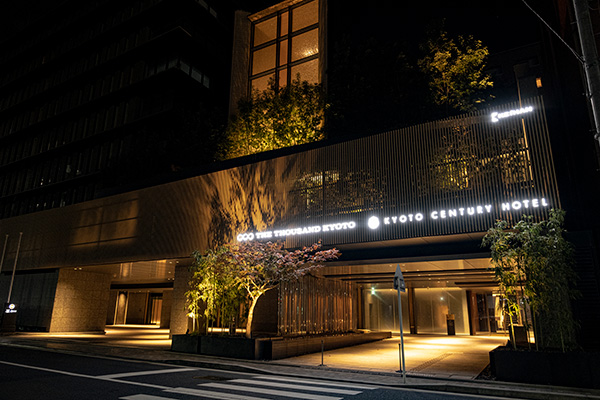
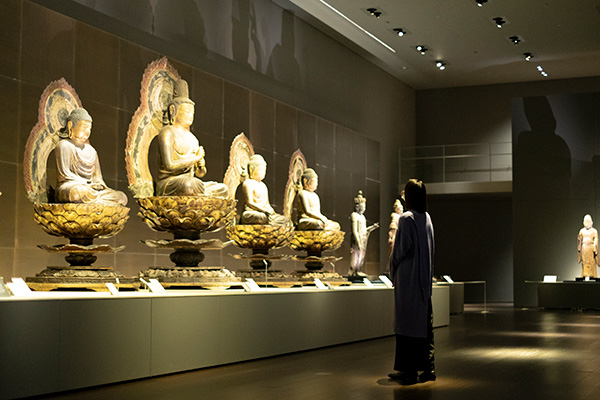
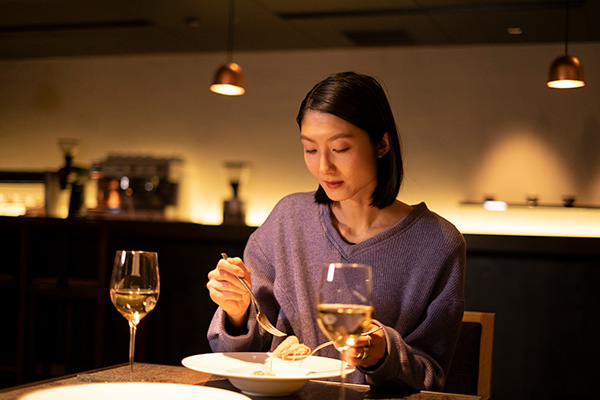
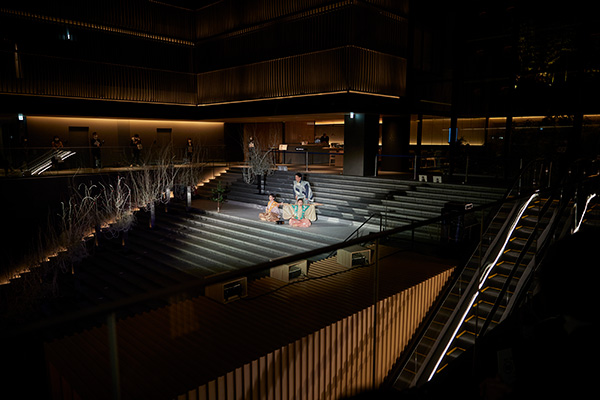
Chartered ride on the Eizan Electric Railway + Artist performance
This tour plan allows you to enjoy a chartered ride on the Eizan Electric Railway and watch a memorable concert or artistic performance on the station platform.
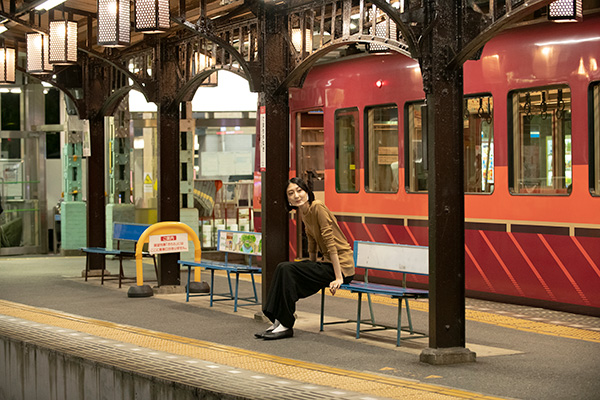
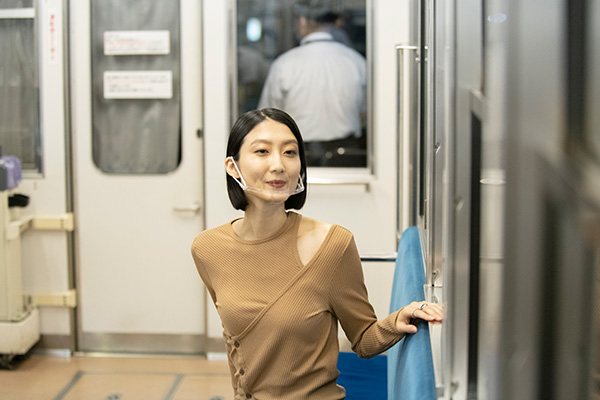
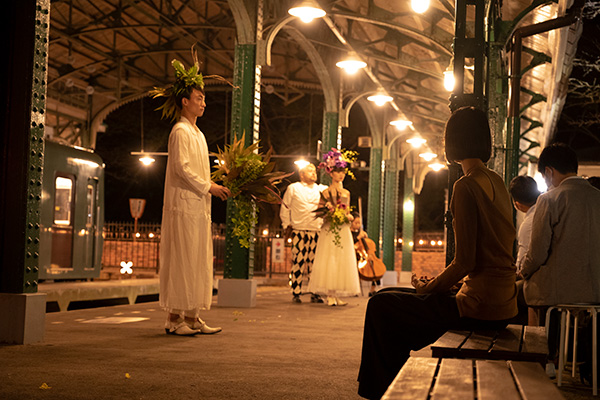
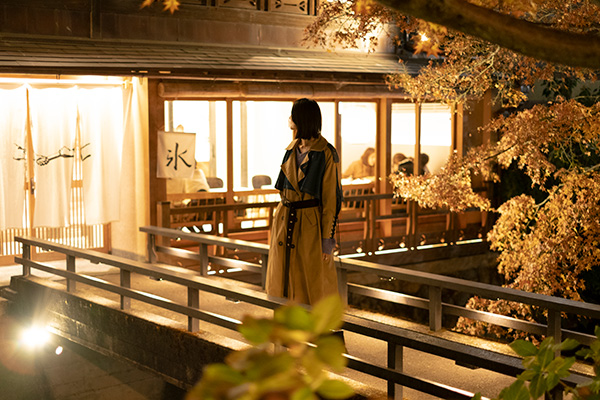
-
The Four Museums of Kyoto
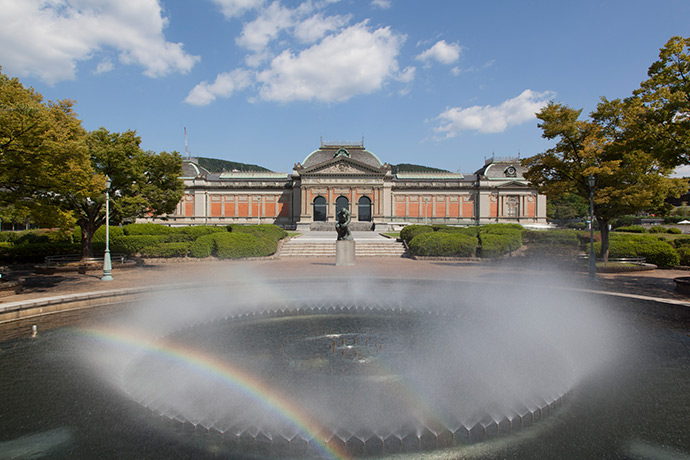
Kyoto National Museum
In 1897, the Kyoto National Museum was opened as the Imperial Museum of Kyoto.
The brick Meiji Kotokan Hall was designed by Katayama Tokuma, who is known for introducing French architecture to Japan. The hall reflects the architectural style of the period it was built in and has been designated as an Important Cultural Property.
The museum collects, preserves, and exhibits pieces that demonstrate the history and culture of Kyoto. The museum has an extensive collection of Buddhist artworks, and many collection holdings have been designated National Treasures and Important Cultural Properties.
The Heisei Chishinkan Wing, which was opened in 2004, displays many items from the museum’s collections that are periodically rotated.
-
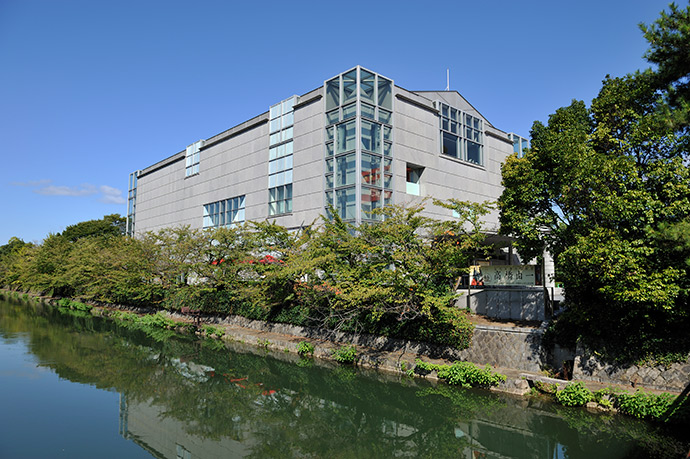
photo by Kunihiro ShikataThe National Museum of Modern Art, Kyoto
The National Museum of Modern Art, Kyoto, (MoMAK) was established in 1963 in Okazaki Park. The present building was built in 1986, designed by Fumihiko Maki of Tokyo University and his associates.
With an emphasis on the arts of western Japan, which is centered around Kyoto, MoMAK’s collections include Japanese and Western paintings, prints, carvings, and photography. There is also an extensive collection of ceramics, textiles, jewelry, and works made of metal, wood, and bamboo.
The Exhibition Hall typically holds five exhibitions each year, and the Collection Gallery features rotating pieces from the museum’s collections. These pieces are selected to match the season and complement the works on display in the Exhibition Hall.
The museum holds around 13,000 items in their collection. Every visit to MoMAK is a new experience as almost all works are seasonally rotated.
-
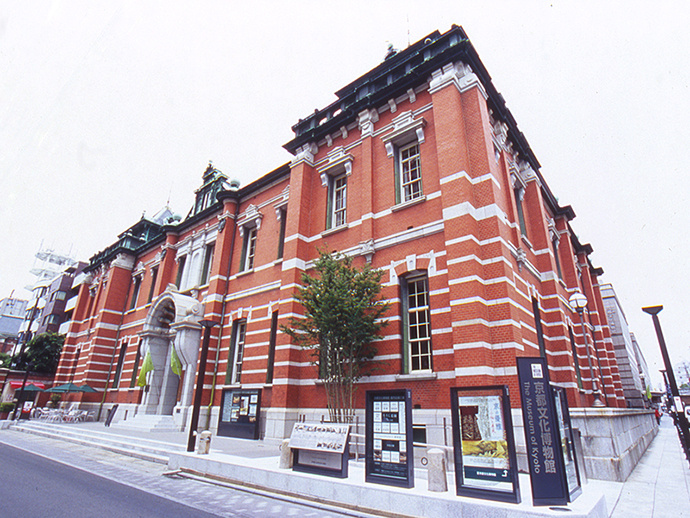
Museum of Kyoto
This museum provides an extensive introduction to the history and culture of Kyoto.
Special exhibitions are held throughout the year in addition to the regular exhibition halls, theater area, paintings gallery, and regular exhibitions. On the first floor of the museum, the Roji Tempo shops and restaurants provide a fun shopping and dining experience in an atmosphere that recreates the machiya style of the late Edo Period.
The red brick Annex Hall, formerly housing the Kyoto branch of the Bank of Japan, has been designated an Important Cultural Property as an example of the Western architecture that became popular during the Meiji period.
-
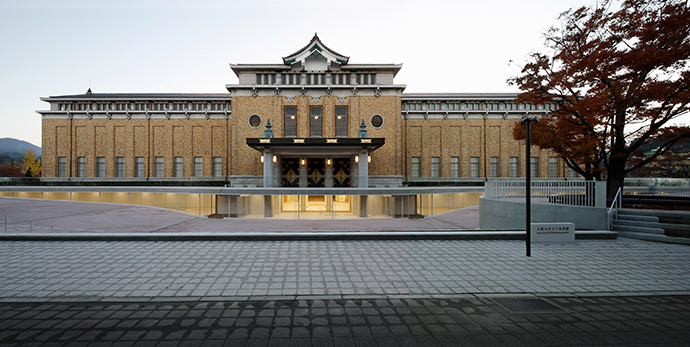
Kyoto City KYOCERA Museum of Art
The Kyoto City KYOCERA Museum of Art (originally the Kyoto Municipal Museum of Art) was opened in 1933 and is the oldest example of public museum architecture in Japan.
Although it retains many of the original structural components present when it was first opened, the museum underwent renovations in 2020 to add modern features, resulting in a museum that masterfully combines the old and new. The ‘Atrium and Sky Courtyard,’ a glass-roofed courtyard that had previously been closed to the public, and a Japanese garden created by Ogawa Jihei VII are just a few of the special spaces that only a historical art museum can offer.